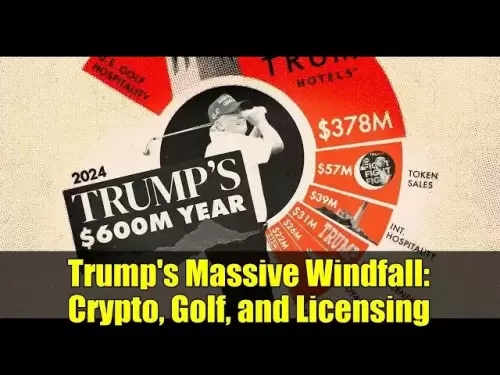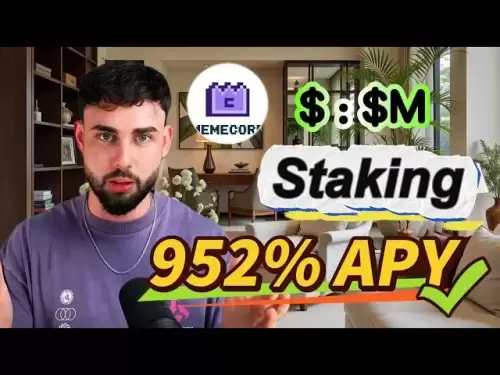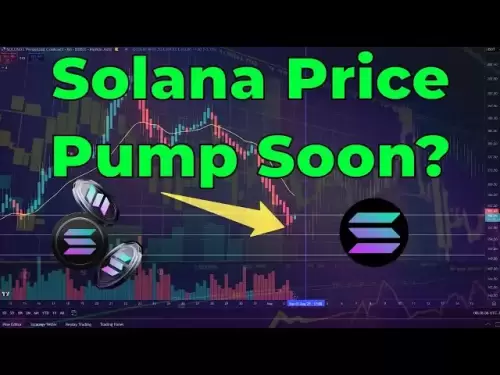-
 Bitcoin
Bitcoin $113900
0.47% -
 Ethereum
Ethereum $3491
-0.42% -
 XRP
XRP $2.876
-1.87% -
 Tether USDt
Tether USDt $1.000
0.03% -
 BNB
BNB $750.4
-0.49% -
 Solana
Solana $161.3
-1.76% -
 USDC
USDC $0.9999
0.01% -
 TRON
TRON $0.3242
-0.91% -
 Dogecoin
Dogecoin $0.1985
-0.19% -
 Cardano
Cardano $0.7241
1.49% -
 Hyperliquid
Hyperliquid $38.05
0.56% -
 Stellar
Stellar $0.3896
2.92% -
 Sui
Sui $3.442
0.61% -
 Chainlink
Chainlink $16.18
0.92% -
 Bitcoin Cash
Bitcoin Cash $541.0
0.51% -
 Hedera
Hedera $0.2427
2.67% -
 Ethena USDe
Ethena USDe $1.001
0.03% -
 Avalanche
Avalanche $21.39
-0.68% -
 Toncoin
Toncoin $3.669
2.25% -
 Litecoin
Litecoin $109.5
0.95% -
 UNUS SED LEO
UNUS SED LEO $8.966
0.11% -
 Shiba Inu
Shiba Inu $0.00001218
0.77% -
 Polkadot
Polkadot $3.598
1.23% -
 Uniswap
Uniswap $9.164
1.14% -
 Monero
Monero $297.7
1.21% -
 Dai
Dai $1.000
0.00% -
 Bitget Token
Bitget Token $4.328
0.84% -
 Pepe
Pepe $0.00001047
1.05% -
 Cronos
Cronos $0.1329
0.70% -
 Aave
Aave $257.6
1.03%
How to set MetaMask gas fee? What affects the transfer speed?
To set gas fees in MetaMask, open the app, start a transaction, edit gas settings, adjust gas price and limit, then confirm. Network congestion and gas price affect transfer speed.
Apr 28, 2025 at 07:57 am
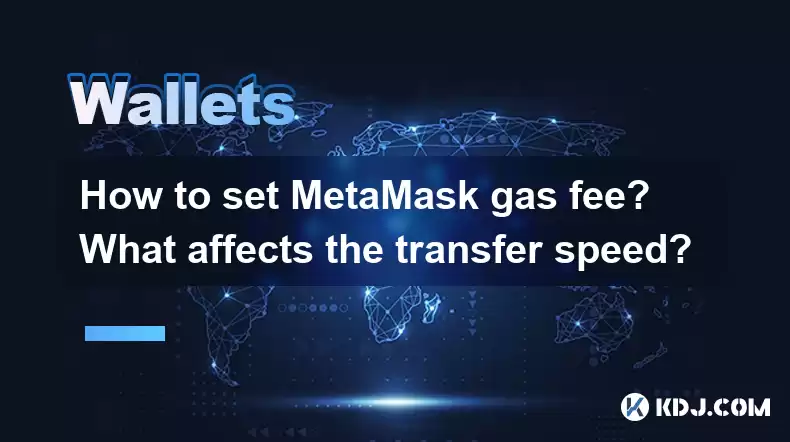
Setting the MetaMask gas fee and understanding what affects the transfer speed are crucial aspects of using Ethereum and other EVM-compatible blockchains. This article will guide you through the process of setting the gas fee in MetaMask and explain the factors that influence the speed of your transactions.
Understanding Gas Fees in Ethereum
Gas fees are payments made by users to compensate for the computational energy required to process and validate transactions on the Ethereum network. These fees are essential for the operation of the blockchain and are paid in Ether (ETH). The gas fee is composed of two main components: gas price and gas limit.
- Gas Price: This is the amount of Ether you are willing to pay per unit of gas. It is usually measured in Gwei, where 1 Gwei equals 0.000000001 ETH.
- Gas Limit: This is the maximum amount of gas you are willing to use for your transaction. It sets an upper bound on the computational effort the network can spend on your transaction.
Setting Gas Fees in MetaMask
To set the gas fee in MetaMask, follow these detailed steps:
- Open MetaMask: Launch the MetaMask extension or mobile app.
- Initiate a Transaction: Click on "Send" to start a new transaction or select a smart contract interaction.
- Edit Gas Settings: Before confirming the transaction, click on "Edit" next to the "Gas Fee" section.
- Adjust Gas Price and Limit: You will see options to adjust the Gas Price and Gas Limit. You can choose from "Low," "Medium," or "High" preset options, or manually enter your preferred values.
- Confirm and Send: Once you have set your desired gas fee, review the transaction details and click "Confirm" to proceed.
Factors Affecting Transfer Speed
Several factors influence the speed at which your transaction is processed on the Ethereum network:
- Network Congestion: During periods of high demand, the Ethereum network can become congested, leading to slower transaction processing times. Higher gas prices can help your transaction be prioritized by miners.
- Gas Price: Setting a higher gas price increases the likelihood that miners will include your transaction in the next block, thus speeding up the transfer.
- Gas Limit: While the gas limit does not directly affect speed, setting it too low can result in transaction failure, requiring you to resubmit with a higher limit, which can delay the process.
- Block Size and Block Time: Ethereum's block time is approximately 15 seconds. The number of transactions that can fit into a block depends on the block size, which indirectly affects how quickly your transaction is processed.
Optimizing Gas Fees for Speed and Cost
Finding the right balance between speed and cost is essential when setting gas fees. Here are some tips to optimize your gas fee settings:
- Use Gas Estimators: Tools like EthGasStation or Etherscan provide real-time data on gas prices, helping you set an appropriate fee based on current network conditions.
- Monitor Network Conditions: Keep an eye on Ethereum's network congestion. During peak times, you may need to increase your gas price to ensure timely processing.
- Test Transactions: For non-urgent transactions, you can start with a lower gas price and increase it if the transaction remains pending for too long.
Common Mistakes to Avoid
When setting gas fees, it's important to avoid common pitfalls that can lead to transaction failures or unnecessary costs:
- Setting Gas Price Too Low: If the gas price is too low, your transaction may remain in the mempool for an extended period, or it may never be processed.
- Setting Gas Limit Too Low: If the gas limit is insufficient for the transaction, it will fail, and you will need to resubmit with a higher limit, incurring additional costs.
- Ignoring Network Conditions: Failing to adjust gas fees based on current network conditions can result in slow or failed transactions.
FAQs
Q: Can I change the gas fee after submitting a transaction?
A: No, once a transaction is submitted to the Ethereum network, the gas fee cannot be changed. If you need to adjust the fee, you must cancel the original transaction and resubmit with the new fee.
Q: What happens if my transaction runs out of gas?
A: If your transaction runs out of gas, it will fail, and you will lose the gas used up to that point. However, any remaining Ether in your account will not be affected.
Q: How can I estimate the gas limit for a smart contract interaction?
A: You can use tools like Etherscan or EthGasStation to estimate the gas limit for smart contract interactions. These platforms provide historical data and simulations to help you set an appropriate gas limit.
Q: Is it possible to speed up a pending transaction?
A: Yes, you can speed up a pending transaction by submitting a new transaction with the same nonce but a higher gas price. This new transaction will replace the original one in the mempool, increasing its chances of being processed quickly.
Disclaimer:info@kdj.com
The information provided is not trading advice. kdj.com does not assume any responsibility for any investments made based on the information provided in this article. Cryptocurrencies are highly volatile and it is highly recommended that you invest with caution after thorough research!
If you believe that the content used on this website infringes your copyright, please contact us immediately (info@kdj.com) and we will delete it promptly.
- Altcoins Most Searched: Hedera (HBAR) and the ETF Hype
- 2025-08-03 20:50:16
- Arbitrage Adventures: Creditcoin, Kaspa, and Chasing Crypto Profits
- 2025-08-03 20:30:16
- Claude HIVE & Code Agents: Faster Coding Revolution?
- 2025-08-03 20:50:16
- Trump Media, Bitcoin, and Crypto: A Surprising Alliance in the Making?
- 2025-08-03 21:30:16
- Shiba Inu's Bullish Reversal Hopes Amid Market Uncertainty: A Deep Dive
- 2025-08-03 21:30:16
- Shiba Inu's Struggle, Mutuum Finance's Rise, and Key Support Levels: A Crypto Deep Dive
- 2025-08-03 20:55:16
Related knowledge
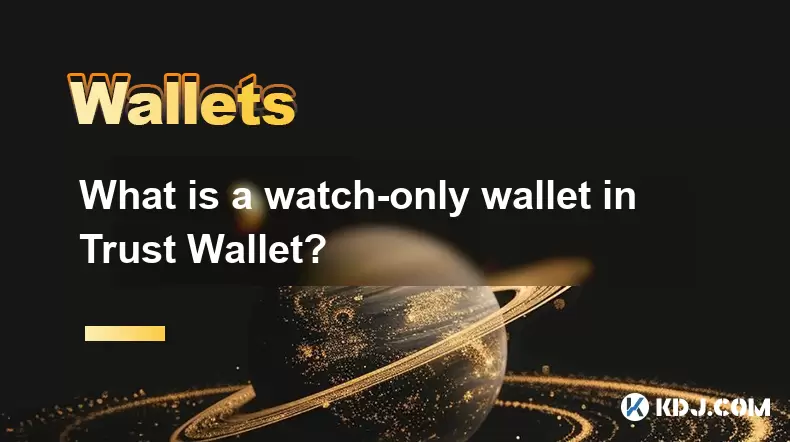
What is a watch-only wallet in Trust Wallet?
Aug 02,2025 at 03:36am
Understanding the Concept of a Watch-Only WalletA watch-only wallet in Trust Wallet allows users to monitor a cryptocurrency address without having ac...
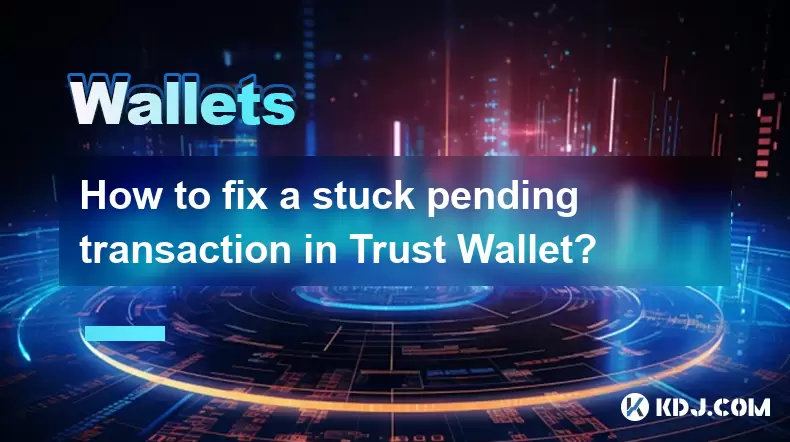
How to fix a stuck pending transaction in Trust Wallet?
Aug 03,2025 at 06:14am
Understanding Why Transactions Get Stuck in Trust WalletWhen using Trust Wallet, users may occasionally encounter a pending transaction that appears t...
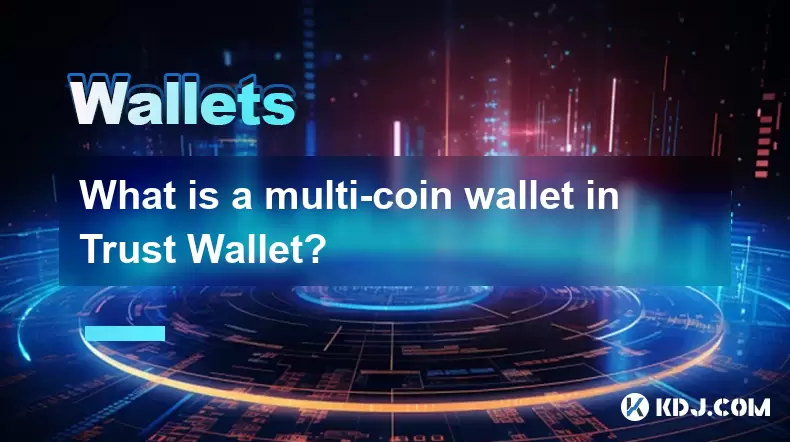
What is a multi-coin wallet in Trust Wallet?
Aug 03,2025 at 04:43am
Understanding Multi-Coin Wallets in Trust WalletA multi-coin wallet in Trust Wallet refers to a digital wallet that supports multiple cryptocurrencies...
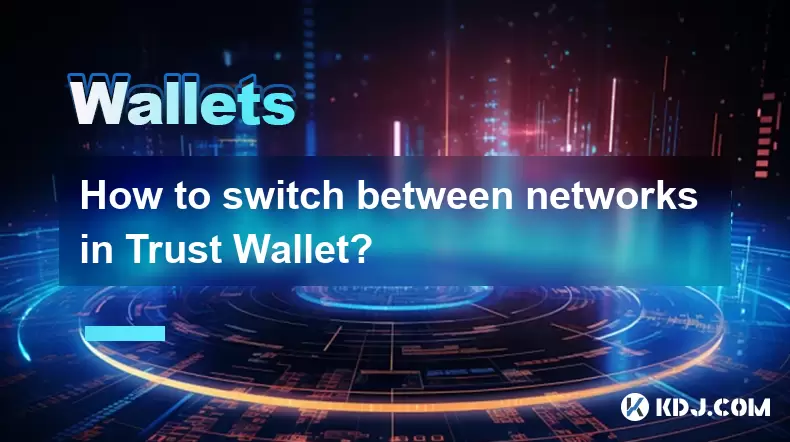
How to switch between networks in Trust Wallet?
Aug 02,2025 at 12:36pm
Understanding Network Switching in Trust WalletSwitching between networks in Trust Wallet allows users to manage assets across different blockchains s...
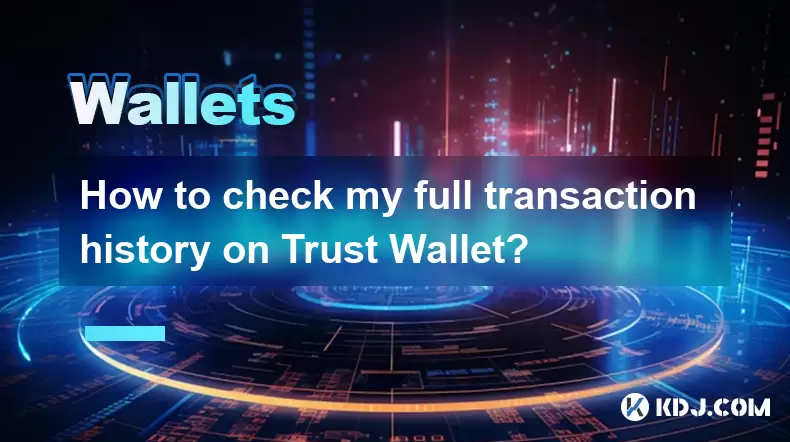
How to check my full transaction history on Trust Wallet?
Aug 02,2025 at 09:24am
Understanding Transaction History in Trust WalletTrust Wallet is a widely used non-custodial cryptocurrency wallet that supports a broad range of bloc...
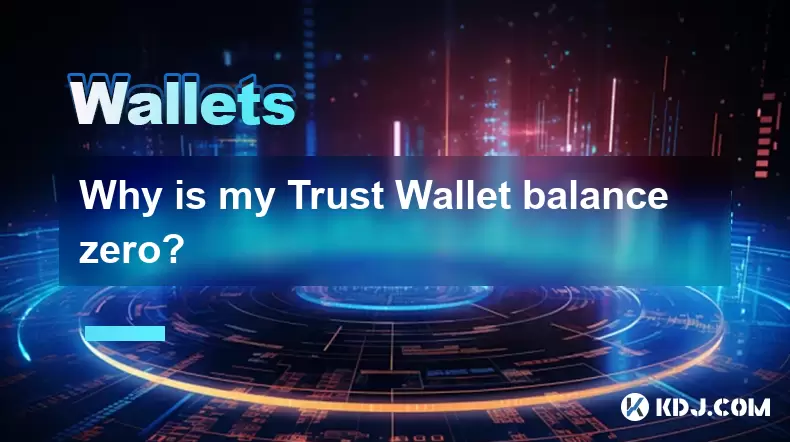
Why is my Trust Wallet balance zero?
Aug 02,2025 at 03:49am
Understanding Trust Wallet Balance Display IssuesIf you're seeing a zero balance in your Trust Wallet despite knowing you've previously received or se...

What is a watch-only wallet in Trust Wallet?
Aug 02,2025 at 03:36am
Understanding the Concept of a Watch-Only WalletA watch-only wallet in Trust Wallet allows users to monitor a cryptocurrency address without having ac...

How to fix a stuck pending transaction in Trust Wallet?
Aug 03,2025 at 06:14am
Understanding Why Transactions Get Stuck in Trust WalletWhen using Trust Wallet, users may occasionally encounter a pending transaction that appears t...

What is a multi-coin wallet in Trust Wallet?
Aug 03,2025 at 04:43am
Understanding Multi-Coin Wallets in Trust WalletA multi-coin wallet in Trust Wallet refers to a digital wallet that supports multiple cryptocurrencies...

How to switch between networks in Trust Wallet?
Aug 02,2025 at 12:36pm
Understanding Network Switching in Trust WalletSwitching between networks in Trust Wallet allows users to manage assets across different blockchains s...

How to check my full transaction history on Trust Wallet?
Aug 02,2025 at 09:24am
Understanding Transaction History in Trust WalletTrust Wallet is a widely used non-custodial cryptocurrency wallet that supports a broad range of bloc...

Why is my Trust Wallet balance zero?
Aug 02,2025 at 03:49am
Understanding Trust Wallet Balance Display IssuesIf you're seeing a zero balance in your Trust Wallet despite knowing you've previously received or se...
See all articles























